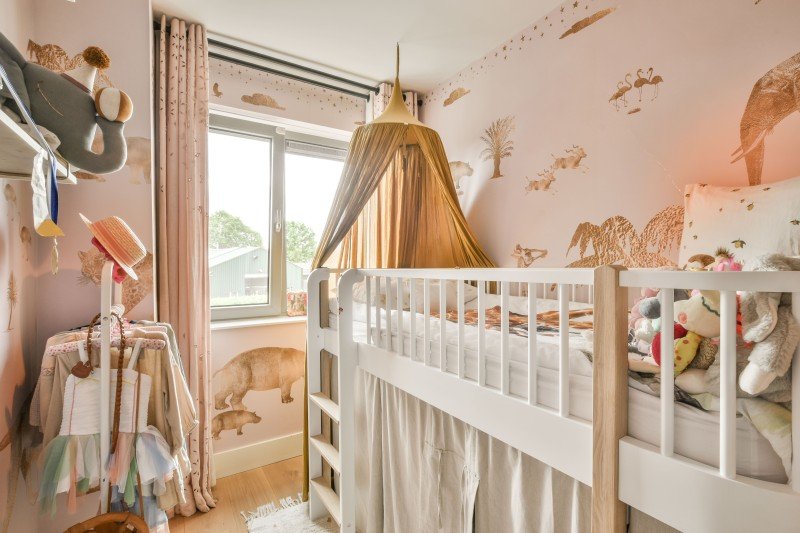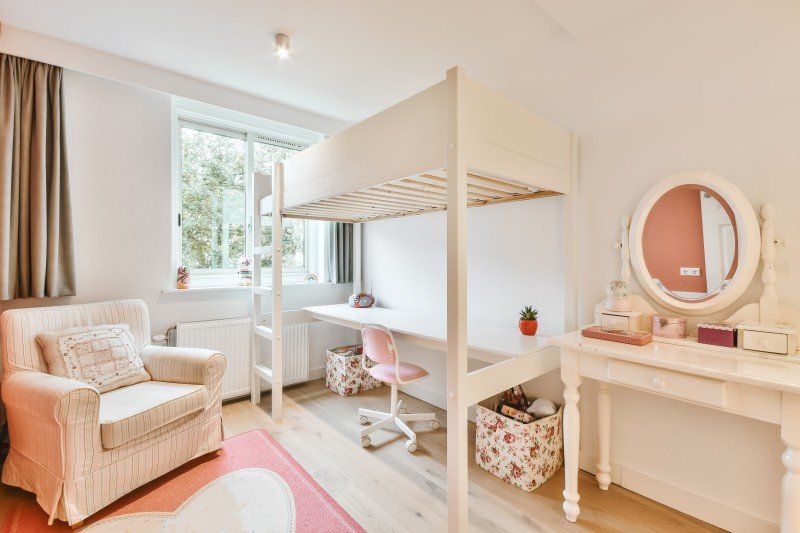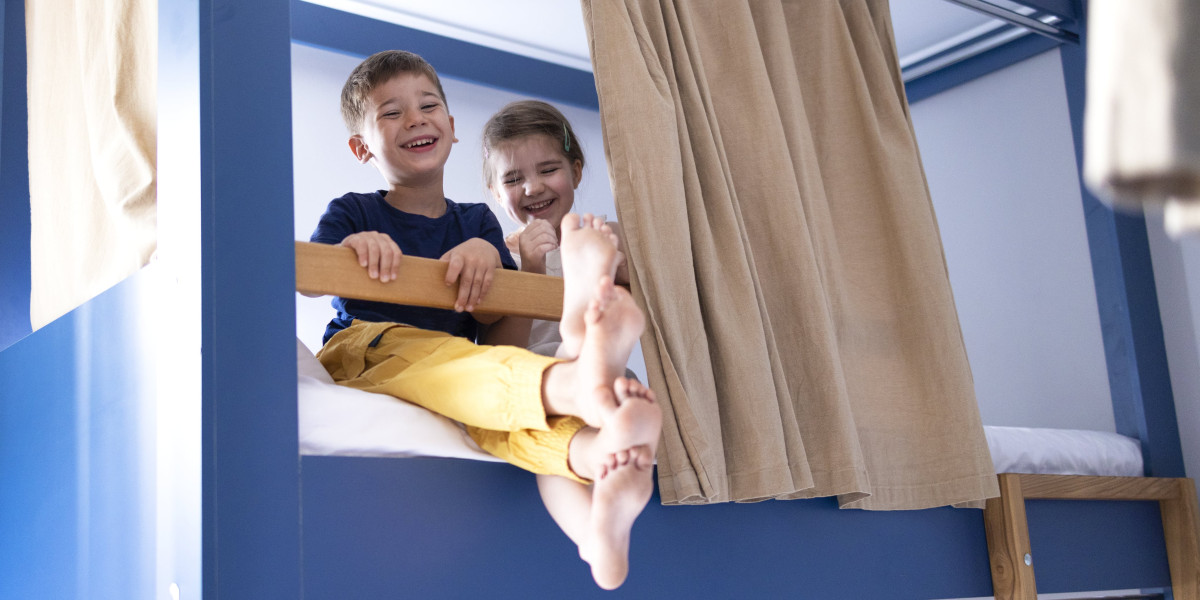Understanding UK Bunk Beds: A Comprehensive Guide
Bunk beds have become a popular option for numerous households across the United Kingdom. They offer an effective service for saving space, accommodating multiple sleepers, and including an aspect of fun to a child's room. With various designs, materials, and safety functions readily available, picking the right childrens bunk beds bed can be intimidating. This article intends to provide a thorough check out UK bunk beds, covering their types, benefits, security standards, and purchasing suggestions.
The Types of Bunk Beds
When it pertains to bunk beds, the choices are essentially limitless. The main classifications consist of:
1. Requirement Bunk Beds
These are the classic design, featuring 2 beds stacked one on top of the other. Standard bunk beds are ideal for brother or sisters sharing a room or pajama parties.
2. Loft Beds
Loft beds are elevated beds without a lower bunk. This style uses sufficient space underneath for a study location, additional storage, or play space for children.
3. L-Shaped Bunk Beds
These beds have an L-shape style, allowing them to fit into corners or odd areas in a space. They are typically ideal for larger rooms and offer versatility in sleeping arrangements.
4. Triple Bunk Beds
Created for larger households, triple bunk beds accommodate three sleeping spaces. These beds provide vertical sleeping plans and can be an outstanding choice for making the most of room capability.
5. Futon Bunk Beds
These versatile beds integrate a basic upper bunk with a futon or couch below. This style can be used for sleeping or seating, making it a multifunctional option for smaller sized areas.
6. Bunk Beds with Storage
Some contemporary bunk beds come geared up with drawers or shelving, supplying extra storage space for clothing, toys, or books. This function is especially advantageous in spaces that require arranged storage options.
Advantages of Bunk Beds
Bunk beds use numerous benefits, making them a desirable choice for numerous homes:
Space-Saving: Bunk beds utilize vertical space, permitting more open flooring location in smaller spaces.
Cost: Sharing a room and purchasing one bunk bed can be more cost-efficient than buying different beds for numerous kids.
Fun Factor: Bunk beds supply a sense of experience and excitement, particularly for children, making bedtime more pleasurable.
Versatile Layouts: With numerous styles available, bunk beds can fit any space layout, guaranteeing design and functionality.
Storage Options: Many designs integrate additional storage options, helping to keep spaces tidy.
| Benefits of bunk beds children's Beds | Description |
|---|---|
| Space-Saving | Makes use of vertical space to free up floor area. |
| Price | More affordable for households with numerous kids. |
| Fun Factor | Adds enjoyment to bedtime and promotes creative play. |
| Versatile Layouts | Mixes can fit different room configurations. |
| Storage Options | Built-in drawers and shelves help keep items arranged. |
Security Standards
When selecting bunk beds, security needs to be a leading concern, particularly for children. The uk bunk beds has actually developed guidelines to make sure that bunk beds satisfy particular security standards. For example:
Guardrails: Beds must have guardrails on both sides of the top bunk to prevent accidental falls.
Bed mattress Size: Beds should work with a correct mattress size to make sure safe use. The bed mattress should not exceed the top of the guardrails.
Sturdy Construction: Bunk beds should be made from durable products to endure routine usage, guaranteeing stability and longevity.
Weight Limit: Every bunk bed has a weight limitation which need to be followed for security factors.
Assembly Instructions: Proper assembly is crucial; follow the maker's standards closely to guarantee structural integrity.
Acquiring Tips
When set to buy a bunk bed, consider the following points:
Room Size: Measure the space dimensions to ensure the picked bed fits conveniently.
Height Consideration: Ensure there suffices room above the leading bunk to prevent bumps on the ceiling.
Product Choice: Look for sturdy materials with a quality surface. Wood and metal are popular alternatives, with each using different visual appeals and toughness.
Safety Features: Verify that the bed fulfills safety requirements and has sufficient guardrails and a tough ladder.
Design Compatibility: Select a design that complements the existing design of the room.
Budget plan: Set a spending plan before exploring your choices, as bunk beds can span a wide rate range.
Regularly Asked Questions (FAQs)
1. What age is suitable for a leading bunk?
Generally, kids aged six and older can sleep on the leading bunk, but constantly examine specific maker standards for age recommendations.
2. How do I keep my bunk bed?
Regularly examine for any loose screws or parts, tidy the bed occasionally, and guarantee it remains steady.
3. Can bunk beds accommodate adults?
While some bunk beds are developed for much heavier weights, the majority are mainly meant for children. Check the weight limits if thinking about adult use.
4. Are bunk beds easy to put together?
Most bunk beds feature in-depth assembly instructions and all essential tools. However, some designs might require expert assembly.

5. Can I use a thicker mattress on a bunk bed?
It is important to follow the maker's standards regarding mattress density to make sure safety and compliance with the guardrails.
Bunk beds are a versatile and useful option for families wanting to optimize space and develop an enjoyable sleeping environment for their kids. With a myriad of designs available, it's crucial to think about the particular needs of the family while prioritizing safety and comfort. By comprehending the various types, advantages, and critical factors to consider surrounding bunk beds, parents can make informed decisions that will improve their kids's living areas.








